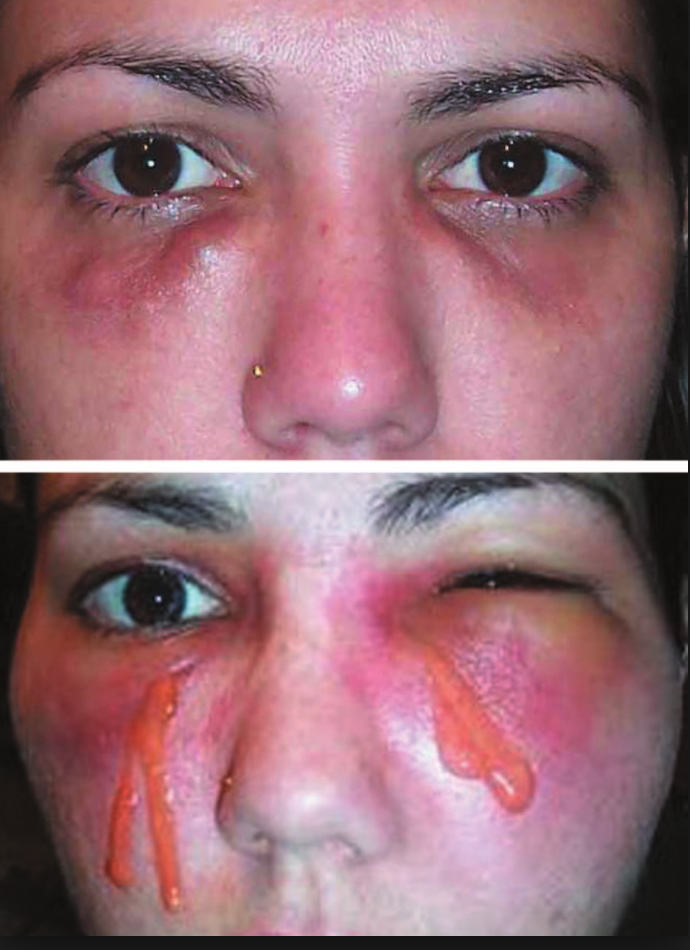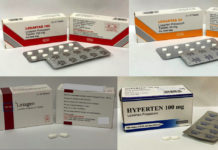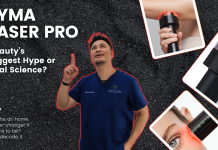Many times in my practice, I have considered using permanent fillers for soft tissue augmentation.
What’s there not to like about them? They are natural looking, soft to the touch, and non-allergenic, says the manufacturers. For my patients, they make perfect economic sense: unlike temporary fillers, results do not fade over time! They last, yes, forever and ever, happily ever after.
What Are Permanent Fillers?
Permanent fillers, unlike temporary ones, contain substances which cannot be degraded by the body’s enzymatic processes. Examples of substances used include PMMA microspheres, polyacrylamide gel and liquid silicone.
There is no doubt that in the right hands, permanent fillers can yield excellent results. Liquid silicone has been used to treat depressed acne scars successfully for decades, while polyacrylamide gel, like hyaluronic acid, draws water to itself to give soft natural results for deep lines.
You Continue to Age, But They Don’t
However, being permanent is a 2 edged sword. Remember that your face is always changing. Your tissues change as you age, but these fillers do not. As gravity pulls your tissues earthwards, the fillers may shift in apparent position to reveal themselves, or look inappropriate compared to several years before.
Lumps, Bumps and Pus

These substances are ‘foreign’ to the body. Your body can launch an attack on the fillers, resulting in nodule formation and hardening. All of us have heard stories of people who have to live with the painful, unsightly hard lumps from silicone injected into their buttocks in the 90’s.
Infections, forming painful red lumps or abscesses, are also a known side effect.
The problem here is that these complications may not reveal themselves immediately, but may occur years after the procedure. And when they happen, they can be treated with antibiotics and steroid injections, but they sometimes recur over and over: The recovery process is traumatic for both the patient, and the doctor. Oftentimes, the problem does not stop, until the filler is removed surgically.
Get the Full Picture First!
Am I saying you should avoid permanent fillers permanently?
No, but you must get the full picture and learn about all the possible complications and weigh for yourself whether you are willing to accept the risks before going ahead with the procedure. Studies conducted by the manufacturers often cite complication rates of 1 in 100 to 1 in 800. I will not dispute these rates here, but you will need to ask yourself if you are willing to be that 1 in a hundred with the problem.
Always know what you are going to have injected in your body, whether it is permanent or not, FDA approved, its safety profile, etc.
And always ask your doctor for possible alternatives, both surgical and non-surgical. Consider a cheek/ chin implant instead, for example, or consider having a longer lasting filler such as Radiesse. Finally, always choose a good doctor who has had lots of experience with the product he or she is going to use on you.



















Hi! <br />Mole removal can be done by shaving it off with a laser/ radiofreqency, or via surgery; both are effective, and the choice between surgical and non surgcal will depend on your condition. <br /><br />Ask your doctor for his/ her opinion as to which choice if better. <br /><br />There should be no danger of scarring or the mole growing back if the procedure is done properly. <br /><br />
Hi! <br /><br />Fat transfers to the face were previously not very good.. but technology has since improved.. and we are getting much better and safer results.. <br /><br />Having said that, I will still prefer non-permanent fillers.. and reserve fat transfer for off-face uses.. <br /><br />Dr Siew
Hi! <br /><br />Fillers for the undereye area needs to be repeated… as they are not permanent.